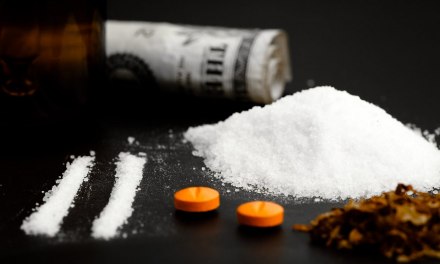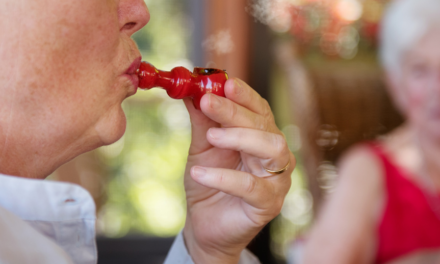I looked around for a good summary of the developing issues around so-called Safe Injection Sites, and finally settled on this, from PBS in March of 2022:
A look inside the 1st official safe injection sites in the U.S.
No surprise to see the first attempts are in New York City, where IV drug use represents a very old and enduring problem. (As we previously noted, big cities are the likeliest venues.) I worked with two large urban communities in the past, both on the East Coast, both with large, stable subpopulations of IV opioid users, many with multiple medical and mental health problems, often chronically homeless, at high risk for disease. Every so often something like HIV/AIDS came along to thrust their plight into the spotlight. Once that passed, however, they often faded from public view. Until another crisis situation, such as the opioid epidemic, appeared.
Anyway, it isn’t hard to justify opening a Safe Injection Site (SIS) as a public health measure in an area where drug use is an established problem. In that context, they’ve been shown to reduce the likelihood of an overdose fatality, and also the risk of disease and disease transmission. Likewise, they can improve access to needed services, such as housing and medical care, and last but not least, reduce criminal activity related to drug use — at least to some degree, that is.
Nonetheless, there are a number of practical barriers to opening an SIS. For instance:
- They can be costly, depending on the services they provide and the hours of operation. The one in Seattle, featured in this article, cost over a million dollars a year in 2018. I’m sure it’s more expensive today. That makes it an issue for budget hawks in subsequent years of operation.
- Then there’s the relatively small number of persons served by an SIS. In its first 3 months of operation, the NYC project reported 9500 visits by 800 individuals. Some critics argue that this isn’t nearly enough volume to justify the expense. That suggests challenges when budget season rolls around.
- Perhaps the most serious obstacle involves simply locating an SIS. It’s not uncommon for such projects to run into significant opposition from prospective neighbors. Often this opposition is well-organized and represented by attorneys. And speaking generally, politicians dislike voting for projects that could cost them dearly at the next election. Easier to support something less controversial.
Those are just some of the barriers.
There’s been some debate around whether SIS and other harm reduction programs lead people into recovery or just enable them to maintain the status quo for a while longer. I’ve seen data presented on both sides. It’s worth noting that the two SIS patrons interviewed in the PBS piece are ages 45 and 53. Both are homeless, both have been IV drug users for many years, and both struck me as having given up on the idea of abstinence for more than brief periods. I might compare it to some of the late-stage alcoholic patients I’ve met over the years. Hopelessness like that can be extremely difficult to overcome. Not impossible, however.
Given the many obstacles involved, I would expect SIS programs to be mostly of interest to big cities and urban communities with existing populations of very chronic drug users. There’d still be ideological objections, but the need, I assume. would be great enough to justify SIS in spite of them.
You never know.












